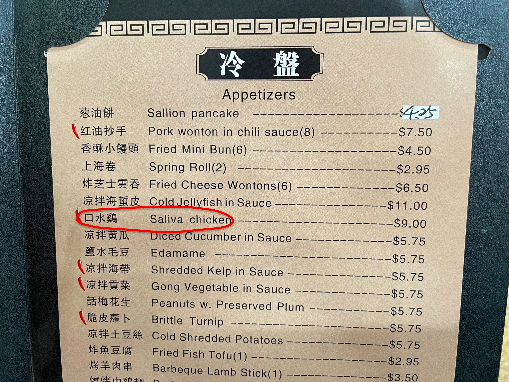All-purpose word for "glamorous woman"
The PRC authorities have always policed human behavior and thought, but especially during the last half year or so and particularly toward young people, for whatever reason, they have been coming on more gangbusters than usual.
First they went after the phenomenon of tǎngpíng 躺平 ("lying flat"), i.e., those who chose to opt out of the cutthroat rat race. Then they chastised niángpào 娘炮 ("effeminate men"), i.e., girlie boys and men. The social minders even drew a bead on jīngfēn 精芬 for socially averse millennials who identified themselves as spiritually Finnish. These were serious efforts to squelch such unwanted tendencies in the population. Now they have taken quite a different turn and are aiming at an altogether different target: beautiful women. Strange to say, they are coupling this campaign against female pulchritude with a crusade against Buddhism.
Well, it's not that strange after all, since communism has never been fond of religion, and Buddhism has often been persecuted by Chinese regimes, almost from the time of its arrival in the Middle Kingdom nearly two millennia ago. Even the combination of feminine beauty and Buddhism reveals a certain psychological fixation on the baldness and celibacy of nuns in traditional Chinese society.
Read the rest of this entry »





